
- Blog
Today's smart and connected products require the interaction of different components and systems. Their elements are developed in different engineering disciplines and departments. These disciplines speak different engineering languages and require unique views of the same product. The storage of these different versions in the respective departments leads to disconnected silos in terms of processes and data - but digital continuity is here to help!

- Blog
The whole world is buzzing about the digital transformation. Without a doubt, a megatrend - right? Many emerging phenomena are proclaimed to be megatrends by different sources. At times with good reason, at other times inflated by the subjective view of individual industries. So what distinguishes a megatrend from just a regular trend?

- Blog
A modular product approach is an established way of improving the calculating and realizing the value of investment goods. Yet modular product initiatives often fail to live up to expectations because of poor coordination between engineering disciplines. To deliver on the promise of a modular product architecture strategy, companies need to create a number of prerequisites in organization, process, and infrastructure.

- Blog
Electronics and mechanics are two of the most important areas of modern engineering. ECAD and MCAD are the two tools available for the virtual design of electronic and mechanical systems. The integration of these two systems is essential for the advanced development of electromechanical products.

- Blog
Digital Transformation should go beyond a simple mapping of analog documents and processes into the digital domain. This blog post explores new ways and opportunities to enhance today’s methods and processes for increased efficiency and accelerated innovation.

- Blog
Many manufacturers are harnessing systems engineering approaches to mitigate the complexity of developing increasingly sophisticated products. Systems simulation is a key component of such efforts.
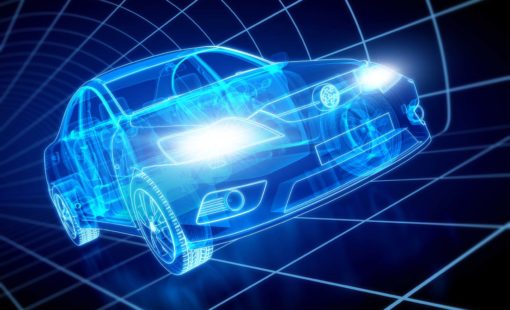
- Blog
As engineers face increasing complexity across electronics and electrical systems, they need a single set of related data to offer insights into the product’s various processes and functions. Simply stated, they need a digital thread for electrical systems.

- Blog
As engineers face increasing complexity across electronics and electrical systems, they need a single set of related data to offer insights into the product’s various processes and functions. Simply stated, they need a digital thread for electrical systems.
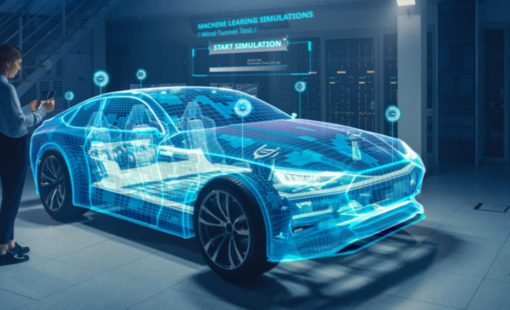
- Blog
The complexity of electrical and electronic (E/E) systems is accelerating across multiple industries and sectors. Manufacturers are adapting their design and development approaches to meet the changing requirements of advancing electrification.

- Blog
COVID has not only been disruptive to our daily lives but now we’re seeing the effects on our work lives as well. Companies are facing new challenges, from remote tool access to the purchase and distribution of new online tools.
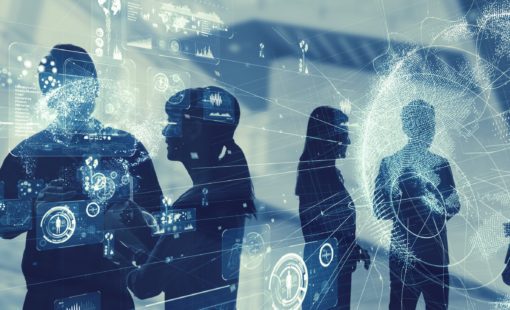
- Blog
Thanks to advancing technology, products are becoming more feature-rich and in turn, more complex. They must incorporate sophisticated electronic and electrical systems to provide the interconnectivity and user experience modern consumers demand. As a result, many organizations increasingly rely on systems engineering.

- Blog
Products are increasing in complexity at an astonishing rate. Smartphones are just one example: today’s devices combine the functionality of yesterday’s phones, cameras, calculators, and pagers and place desktop applications and internet browsers in the palms of our hands. Advancing electrification, mass miniaturization, and IoT-driven digitization are making a vast range of devices smarter and smaller. To cope with these changes, manufacturers must transform the way they develop complex systems. This post compares and contrasts the traditional and modern approaches to developing and verifying products.
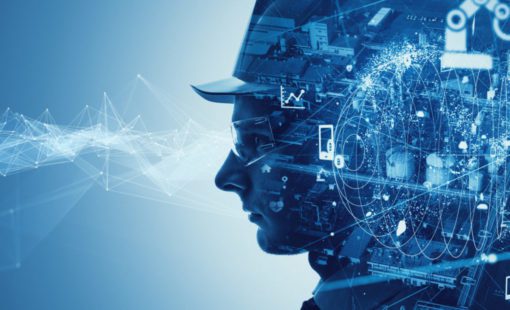
- Blog
There’s no doubt about it: products are getting smarter. And that translates to increasing complexity for manufacturers. Traditional mechanical products suddenly require cabling and wiring, internet connectivity, and embedded software to function.
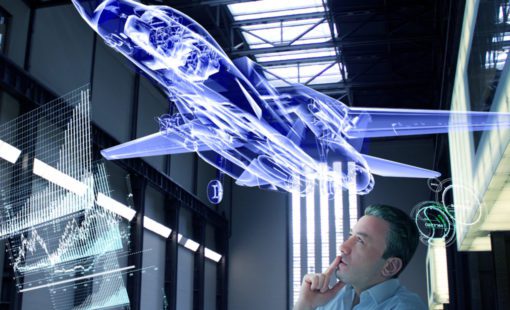
- Blog
Customer demands and marketplace competition are placing engineers under mounting time pressures. An organization’s development schedules must shorten to keep pace with the industry and the wider market. Many established digital tools are now available to accelerate development lifecycles. Simulation is one of them. Engineers use digital simulation-driven design to expedite innovation and move product development forward.

- Blog
Manufacturing wants to leap into the world of the Jetsons. But there is one small problem: every time leadership consults a compass, it shows a different way forward. At first, there was digital automation, which was soon replaced by digitization. Then ...

- Blog
Whenever I visit an organization engaged in systems engineering, the #1 challenge is always the same. Large or small, seasoned or new, government or commercial, the complaint is always the shortage of good systems engineers. The common refrain is “we don’t have enough, and many of the ones we have are retiring.”...